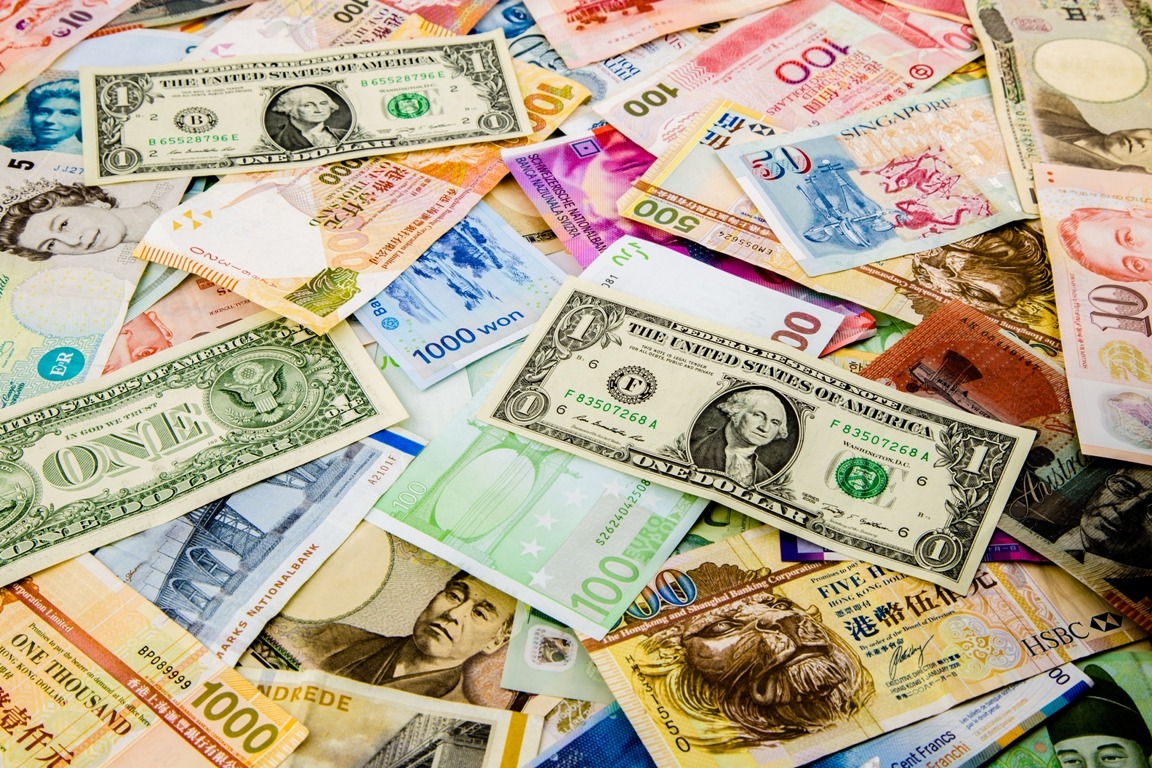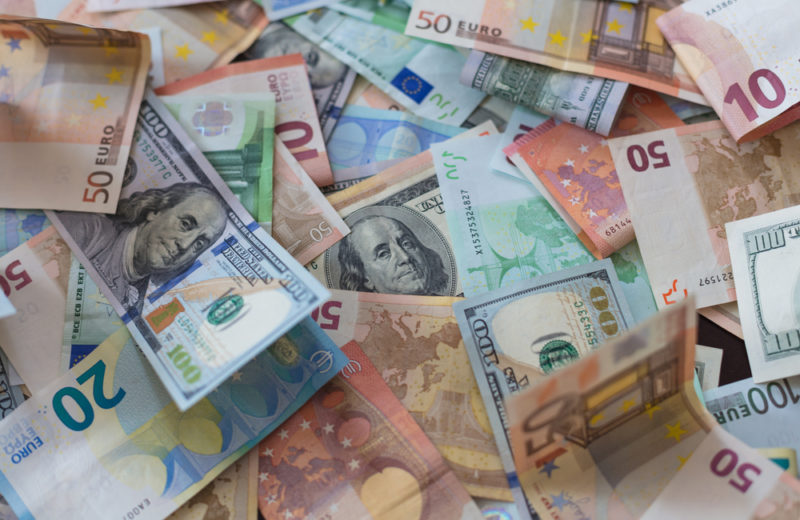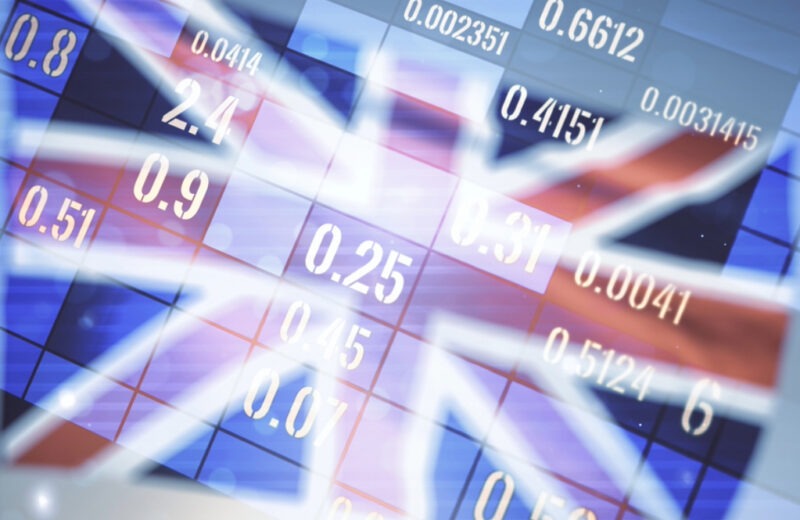The New Zealand dollar recuperated against its major counterparts after the Reserve Bank of New Zealand (RBNZ) shocked the markets with more aggressive rate hikes. Before the interest rate decision, the survey median expected the RBNZ to hike rates by 4.75% to 5%. Instead, the central bank went all out with a 50-basis point hike, raising interest rates to 5.25%.
Policymakers have stressed that inflation is still too high and persistent, adding that the official exchange rate must be at a level that drives prices down. The central bank noted that despite the economic downturn, demand still exceeds supply. Intriguingly, the committee noted that the near-term inflationary pressures have elevated. Finally, the RBNZ said the financial system is well-positioned to weather the recession.
This move sets RBNZ apart from its traditional competitors. For example, the Federal Reserve has significantly slowed the pace of monetary tightening, while the Reserve Bank of Australia has stopped altogether. Interestingly, RBA Governor Philip Lowe gave a speech shortly after the RBNZ. He stressed that their split doesn’t mean the end of the hikes.
Investors still expect further tightening around 5.5% regarding market prices, with a probability of around 70% for overnight index swaps. Hence, this gives NZD an edge over its main rivals from a profitability perspective. This change could provide near-term upside support.
Against this backdrop, the NZD/USD pair will be focused on Friday’s upcoming US non-farm payroll report. Stock markets are locked on Good Friday, but currency markets are trading. However, this means reduced liquidity in the event of a large deviation from expectations. Keep in mind that despite central bank comments to the contrary, markets are expecting the Fed to cut interest rates later this year. The heavy press could undermine bets on lower interest rates and propel the US dollar.
New Zealand market analysis
On the daily chart, NZD/USD has confirmed a break above the 50-day Simple Moving Average (SMA). The October ascending trendline supports the technical uptrend. Immediate resistance is the 14.6% Fibonacci retracement level at 0.6388. The cross here exposes the January highs and creates a key resistance zone between 0.6463 and 0.6576. A drop below the trendline could pave the way for a return to the 0.6085 March low.
















